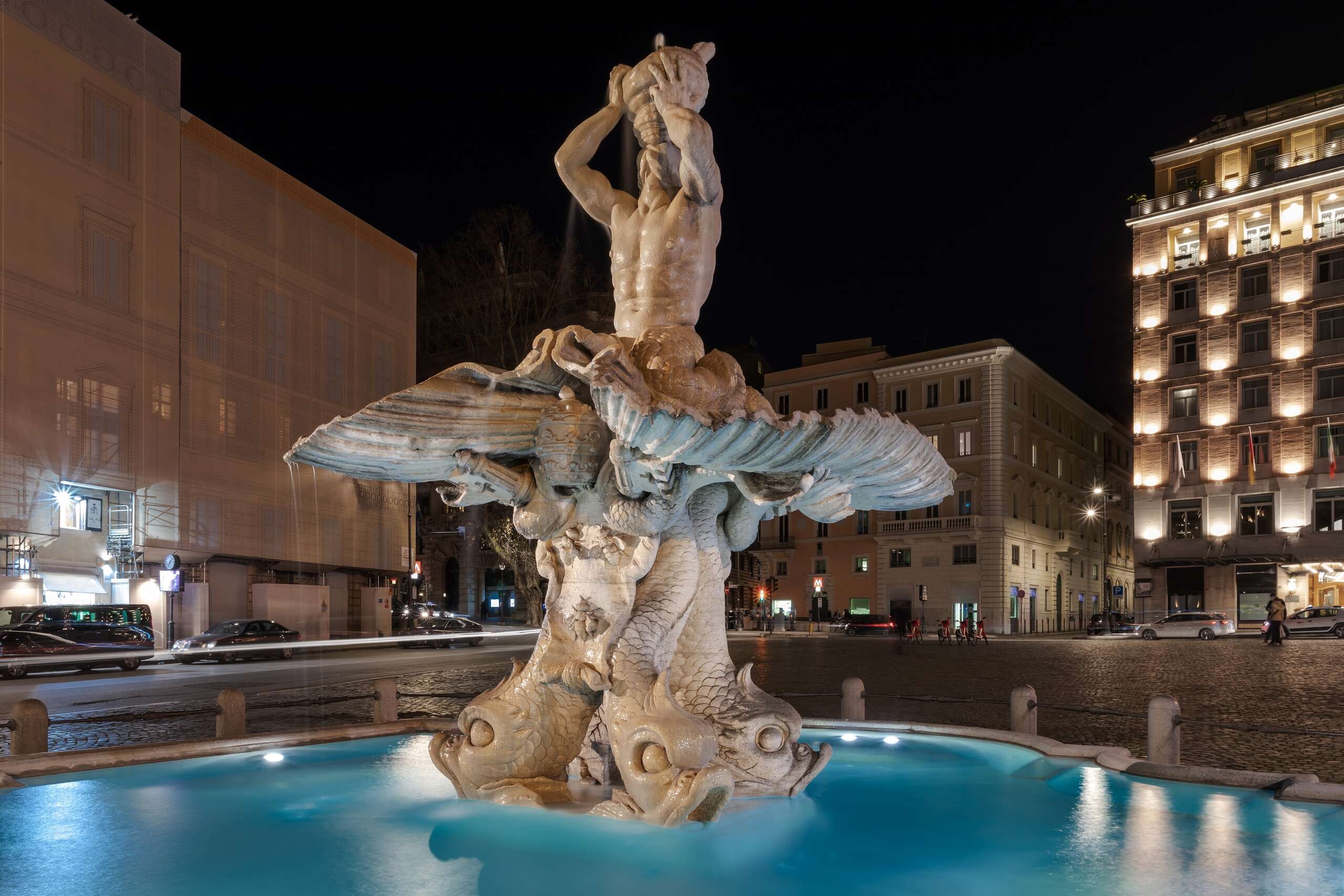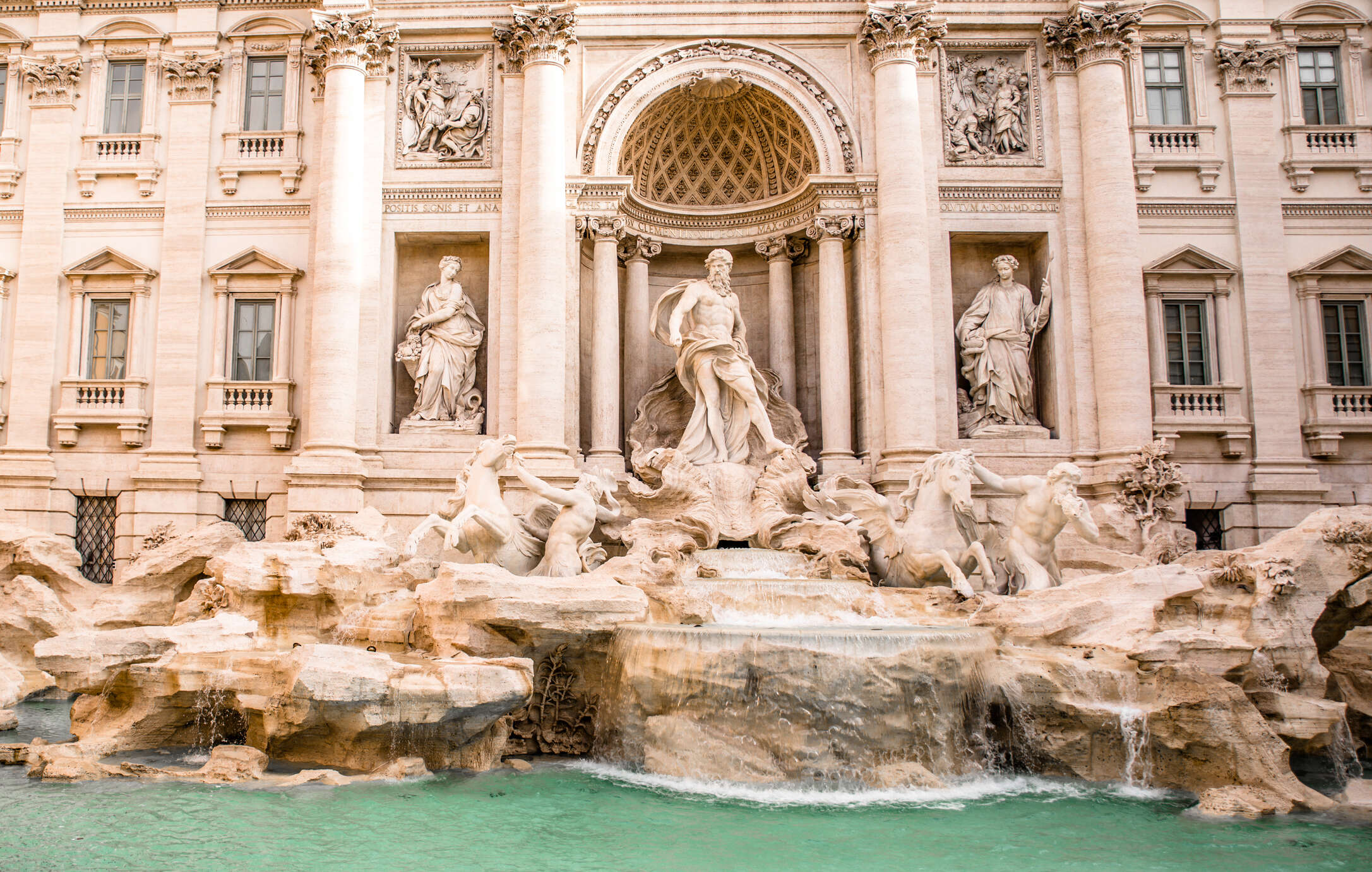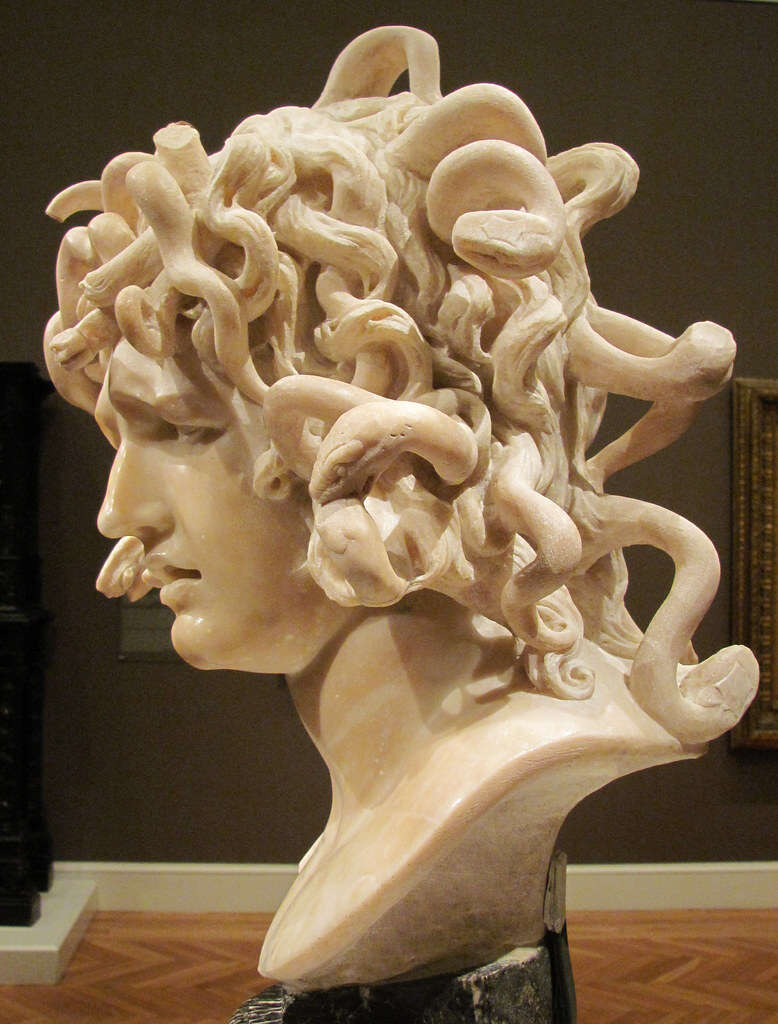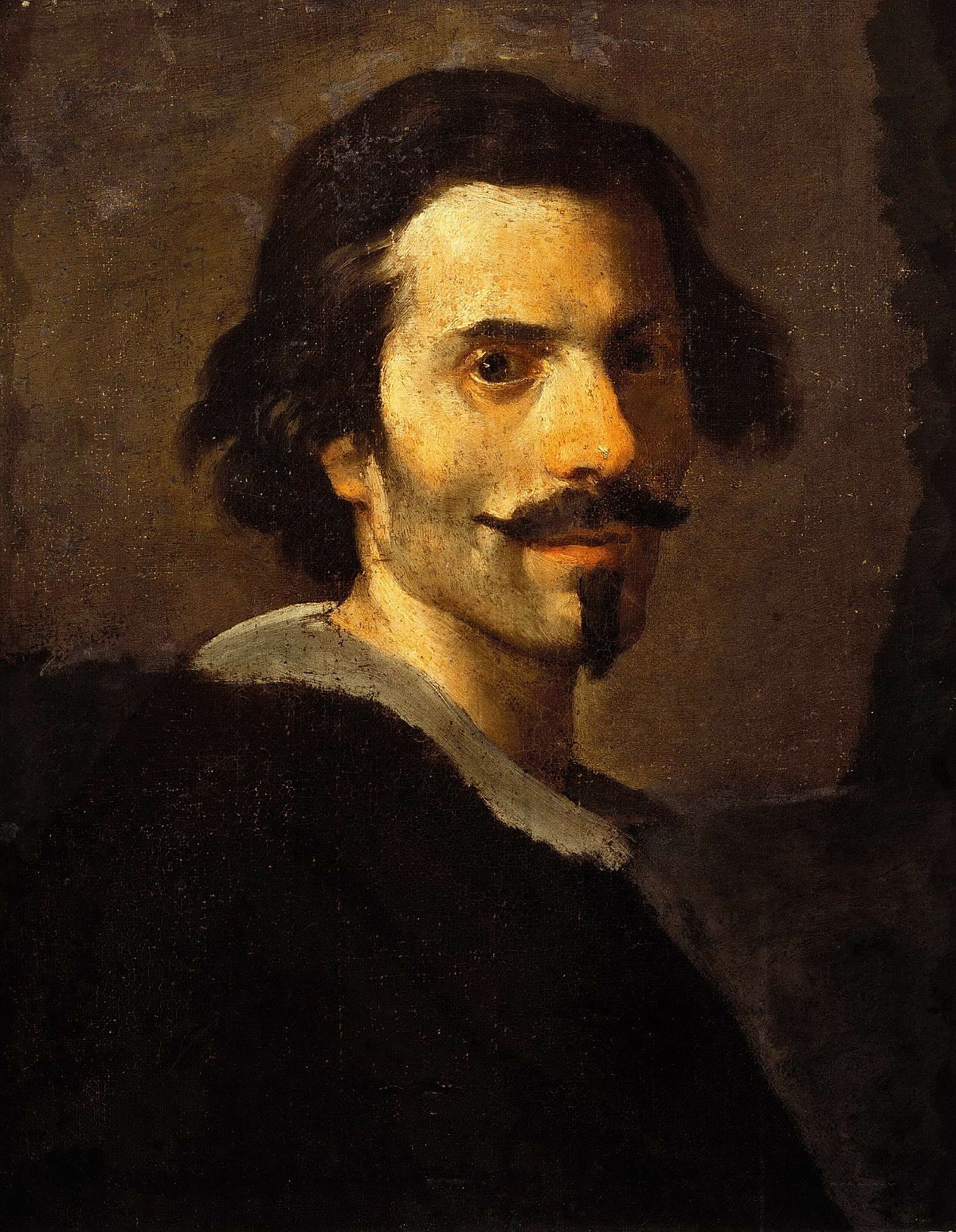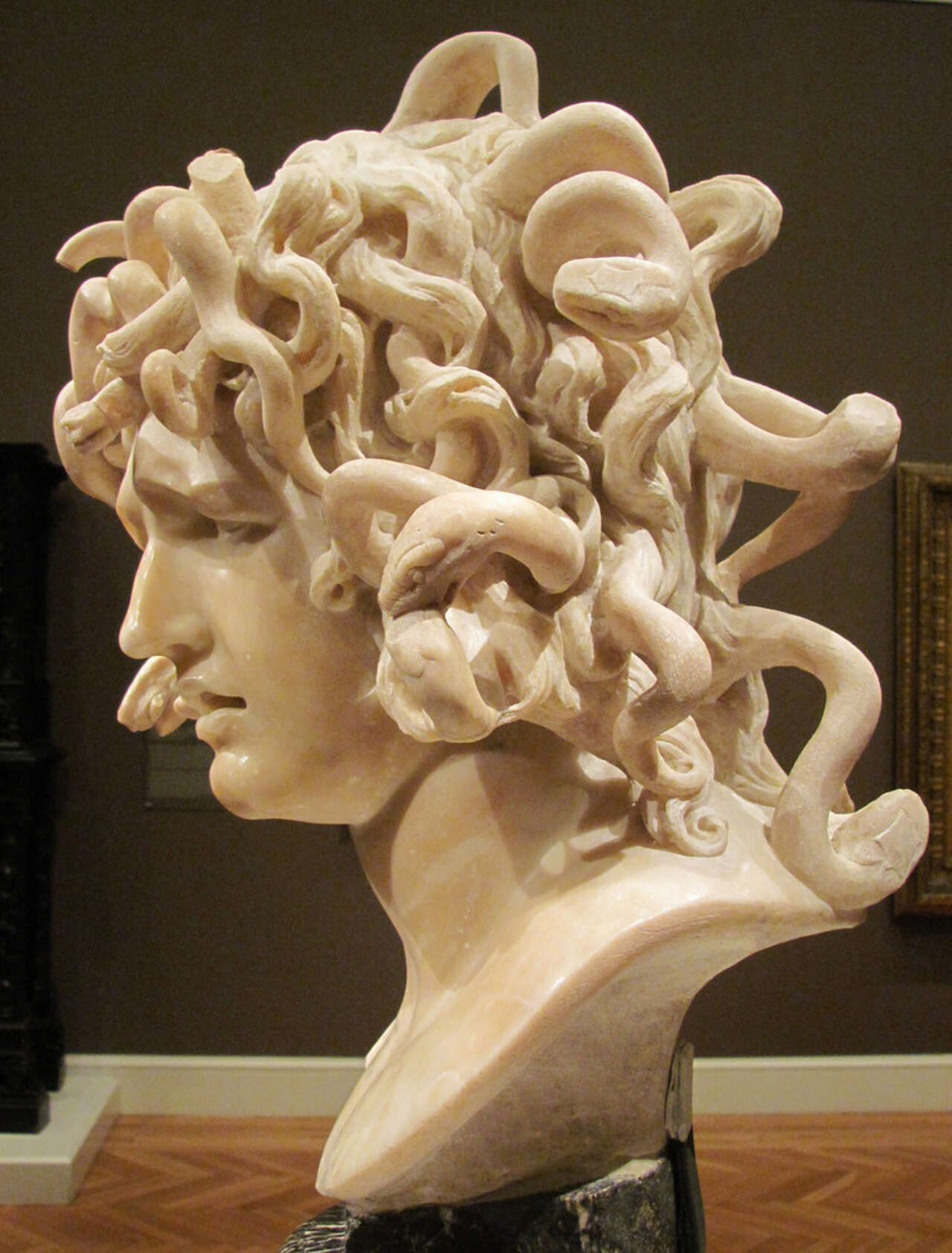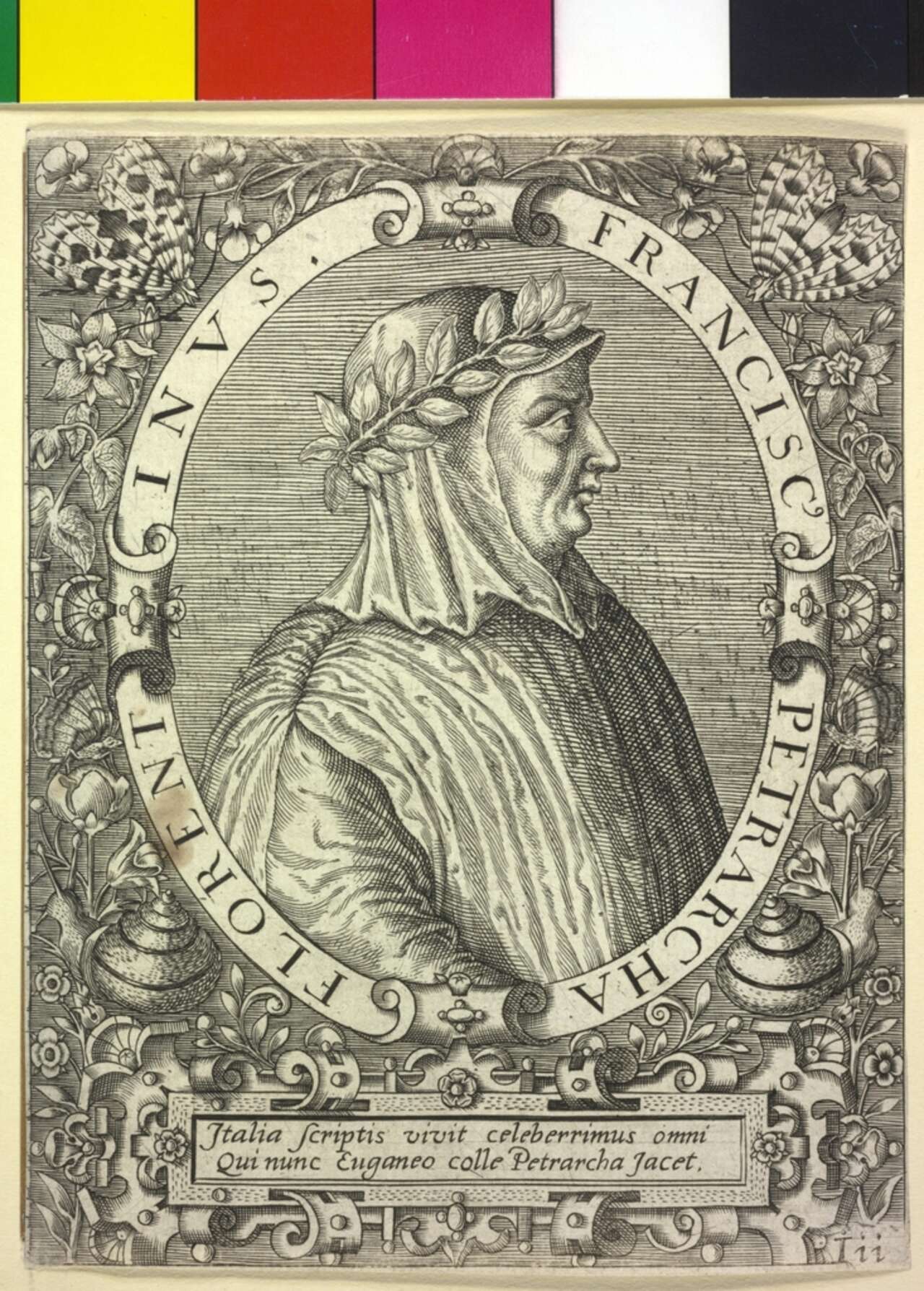Gian Lorenzo Bernini
The leading sculptor of his age
Gian Lorenzo Bernini was an Italian sculptor and architect. While a major figure in the world of architecture, he was, also and even more prominently, the leading sculptor of his age, credited with creating the Baroque style of sculpture. As one scholar has commented: "What Shakespeare is to drama, Bernini may be to sculpture: the first pan-European sculptor whose name is instantaneously identifiable with a particular manner and vision, and whose influence was inordinately powerful...." In addition, he was a painter (mostly small canvases in oil) and a man of the theater: he wrote, directed and acted in plays. He is the forefather of modern-day Roman Baroque sculpture.
Family story
Gian Lorenzo Bernini was born in Naples to Angelica Galante and Mannerist sculptor Pietro Bernini, originally from Florence. He was the sixth of their 13 children and, as a boy, he lived on his father's property not far from the Piazza di Spagna in Rome as an apprentice to a marble cutter. His earliest work was with his father and his uncles Domenico and Giuliano. In his teens, he moved to Rome where he lived until his death. He married at the age of twenty-eight and had eleven children together with Costanza Foggini, several of whom died before reaching adulthood. The artist remained married until his death on November 28, 1680, at the age of eighty-one.
Greatest works
His works include baroque masterpieces such as the vivacious David and the spiraling double staircase in the Galleria Borghese museum in Rome. He also designed a series of spectacular fountains in Rome, including the outdoor Trevi Fountain, which established his reputation as a leading sculptor and architect of his age. The fountain of Four Rivers is one of his most celebrated works. Bernini created theatrical schemes to turn churches into dramatic stages for his religious sculptures.
